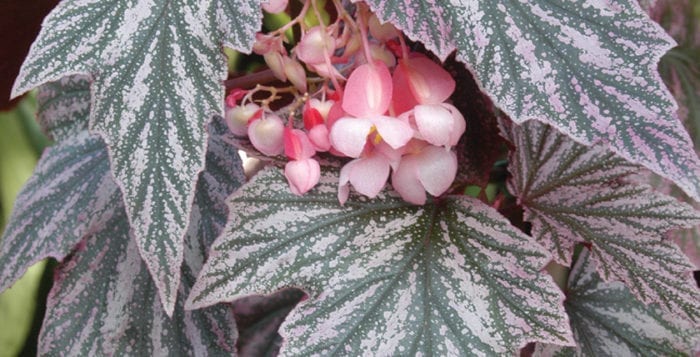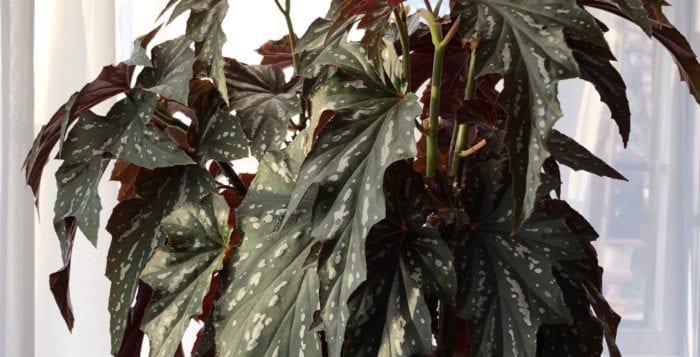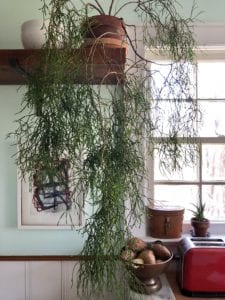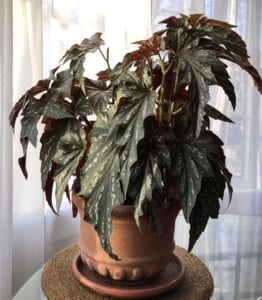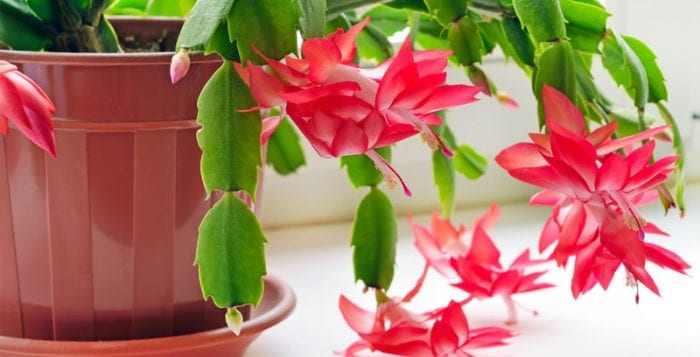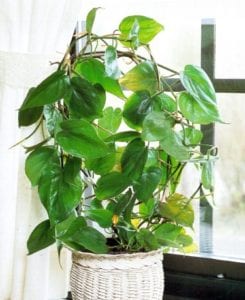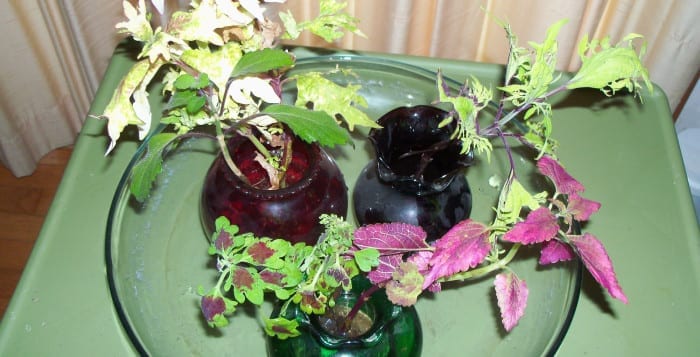By Kyrnan Harvey
As a plantsman and gardener, I have always been more generalist than specialist. There are avid collectors of day-lilies or hostas, roses or rhododendrons, Japanese maples or dwarf conifers, snowdrops, dahlias and peonies. There are rock garden enthusiasts who have to grow every Saxifraga and Primula and Penstemon. In the U.K. and Ireland there are 630 National Plant Collections in which special-interest plant groups are identified, documented and conserved in private gardens, nurseries, local parks, botanic gardens and historic estates.
I love all these plants. Phases of zeal come and go for me, but of paramount importance to the garden designer is the creation and sustaining of harmonious environments, keyed in to the genius loci, pleasing to our senses and attractive to wildlife too — the whole is greater than the sum of its parts.
Houseplants too can inspire passions. Cacti and succulents are ideal objects for homes with plenty of bright light but excessively dry heat. If you are not one to turn your thermostat down to 60 at night, but keep your home uniformly cozy at 72, then you can have a dozen or more different African violets featuring delightful colors on extremely compact plants. Following International Aroid Society on Instagram has been an eye-opener for me: stunning foliage in unbelievable variety. I would collect these Philodendron and Anthurium and Monstera and Alocasia if I had a large airy home or lived in the tropics.
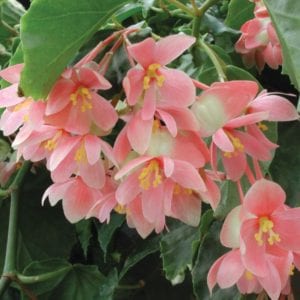
But I must say, if I were to amass a small collection of a single plant group of houseplants, it would be begonias. There was a great bookstore back in the aughts on Bedford Ave in Williamsburg. The owner Miles kept a solitary cane begonia in a glazed Oriental jardiniere in the center display table a good distance from the storefront window. I donated an old jade plant for the window and neither it nor the begonia ever received water. When my brother was moving last summer, I adopted two cane begonias. They hadn’t been watered in months. I cut the woody stems down to a few inches; then repotted and watered the plant. A few weeks later it was gorgeous.
The wax begonias that we plant as annuals are dead easy to grow, and cane begonias (these are the old-fashioned “angel-wing” begonias, now also called “fibrous”) are nearly so. They are very resilient and tolerant of neglect. Let them dry between waterings indoors, cut the canes hard at the end of winter, and move outdoors in bright — but indirect — light from May to October. The leaves can be reddish or green and mottled or spotted in white or silver. Logee’s catalog has a couple dozen varieties, and in the summer they will outdo themselves with the most charming sprays of pendant flowers in varying shades of pink. Such dignified plants, begonias give much more than they require.
The leaves of rhizomatous begonias are even more stunning, a limitless variety of color, texture and form. More compact than cane begonias, they also will be covered in flowers. Be sure to let them dry between waterings, but then water until it reaches the saucer.
Rex begonias are a type of rhizomatous (creeping rootstocks) begonia, in the prima donna class: showboats with their psychedelic leaves but demanding more accurate watering, humidity and temperature. Even then, they go dormant in winter for two or three months. A well-grown rex is spectacular, but their flowers are inconspicuous.
Any and all houseplants should summer outdoors. Indeed, this is crucial to their prosperity. Best to resist the temptation of moving them outside too early; wait until well into May and acclimate them by moving them during a forecast of two or three mild, sunless days. I like soft rain on warm days.
Do not leave them, in the first week or two, exposed to full sun, even for a couple hours, or desiccating wind. Situate them in bright, filtered light, and you will treasure your begonias when, in October, you can cut the exuberant growth and bring them indoors.
Kyrnan Harvey is a horticulturist and garden designer residing in East Setauket. For more information, visit www.boskygarden.com.

